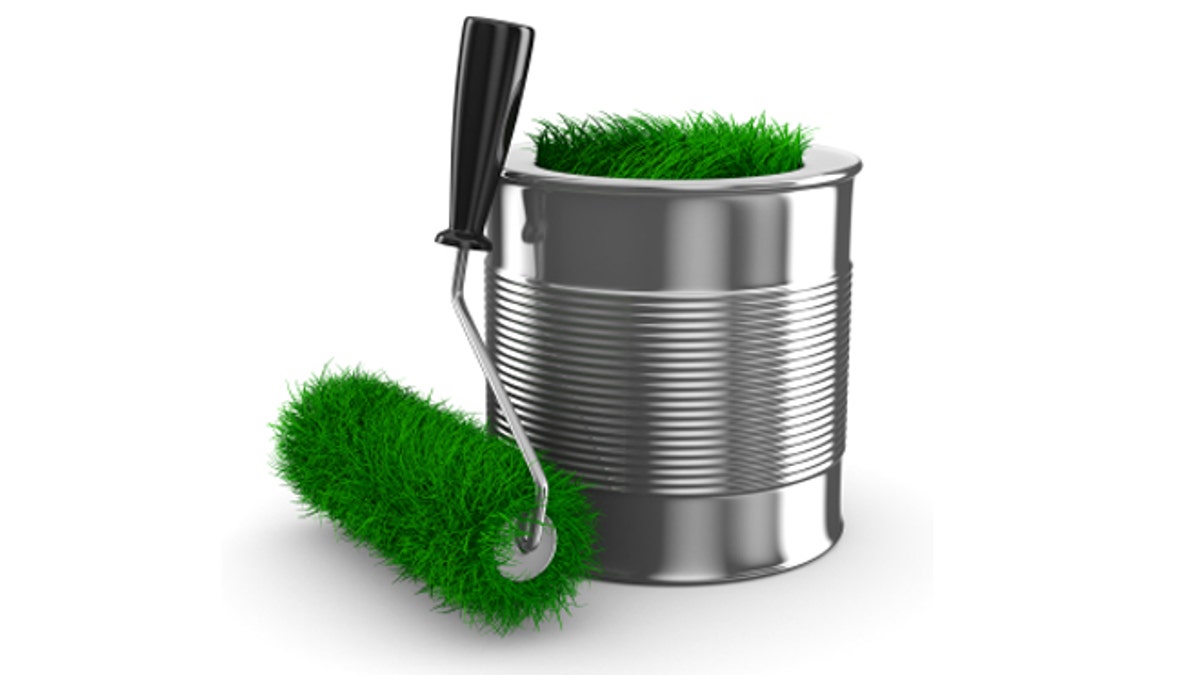
Old-fashioned paints pose serious threats to the environment and our health. In response to these problems, a green paint revolution has taken off. Like all movements, proponents of eco-friendly paints are not without their critics. But the significant benefits of switching to green paint far outweigh any calls to persist with traditional and harmful paint supplies. By using green paint, you can rest assured that the toxins of traditional paint won’t harm your loved ones.
The adverse effects of old-fashioned paint
Traditional paints emit volatile organic compounds (VOCs), chemicals that damage the environment and diminish human health. These adverse health effects include damage to the liver and nervous system, otolaryngological (ear, nose and throat) complications, headaches and cancer. The National Cancer Institute reports that professional painters have a higher risk of developing cancer than non-painters. Constant exposure to paint toxins causes hazardous effects. Roughly 9 percent of VOC emissions come from paints, stains and other architectural coatings. Fungicides and biocides are preservatives used to extend the shelf life of traditional paints. These chemicals can pollute the air you breathe for up to five years after you apply one of these products to the walls of your house, reports Green America. Traditional paints also contain toxic chemical pigments as opposed to natural pigments to achieve the desired color. These dangers have caused environmental groups to put more pressure on manufacturers to produce eco-friendly paints.
Reservations about eco-friendly paint
In response to the raised awareness of these hazardous chemicals, regulations over oil-based paint manufacturing have increased. Although this change is overwhelmingly positive, some are still hesitant about the logistical hurdles it may present. Walls that only required two coasts of traditional paint may now require up to five coats for the same results. Sarah Kershaw of The New York Times explains how critics of the new organic-paint revolution feel: “They argue that there is no way … to replicate the sheen, consistency or lasting power of an oil-based paint, particularly for use on cabinetry, trim, bookshelves and other specialty jobs.” Green paints are still relatively new and these issues can be improved upon and perfected. The extra number of coatings may necessitate more money and time, as with many other organic changes, such as the organic food movement. Simply because this new technology poses some slight problems and inconveniences does not mean it should be dismissed. We are living through an exciting time in the development of eco-friendly paint and you can be part of it by going green.
Choosing green paint
VOCs constitute the biggest problem with old-fashioned paints. Therefore, you want to find the lowest VOC levels possible when choosing a green paint. Just because a paint label claims to have a low VOC count, doesn’t mean the count is low enough. Read the actual listed elements that comprise the paint. Low VOC might mean that the product complies with the absolute minimum of the Environmental Protection Agency’s requirements. The EPA demands fewer than 250 grams per liter of VOCs in latex paints. But some paints contain far fewer grams than that. Make sure the paint you choose exceeds, rather than barely fulfills, the requirements. When choosing an interior paint, your best publically available options are milk and natural paints. Natural paints have terpenes, a type of VOC, but are luckily petroleum, biocide and fungicide free. Latex paint is another preferable choice but it unfortunately contains a large amount of terpenes. When choosing exterior paints, you should look for paints with little or no VOCs. Acrylic, latex and water-based paints usually adhere to health standards but the absolute best option is a paint that uses zinc oxide for the fungicide, reports Green America. As of today, all exterior paints contain some type of fungicide. When talking to your paint supplier, tell him or her about your concern over VOC levels and that person can point you in the right direction.